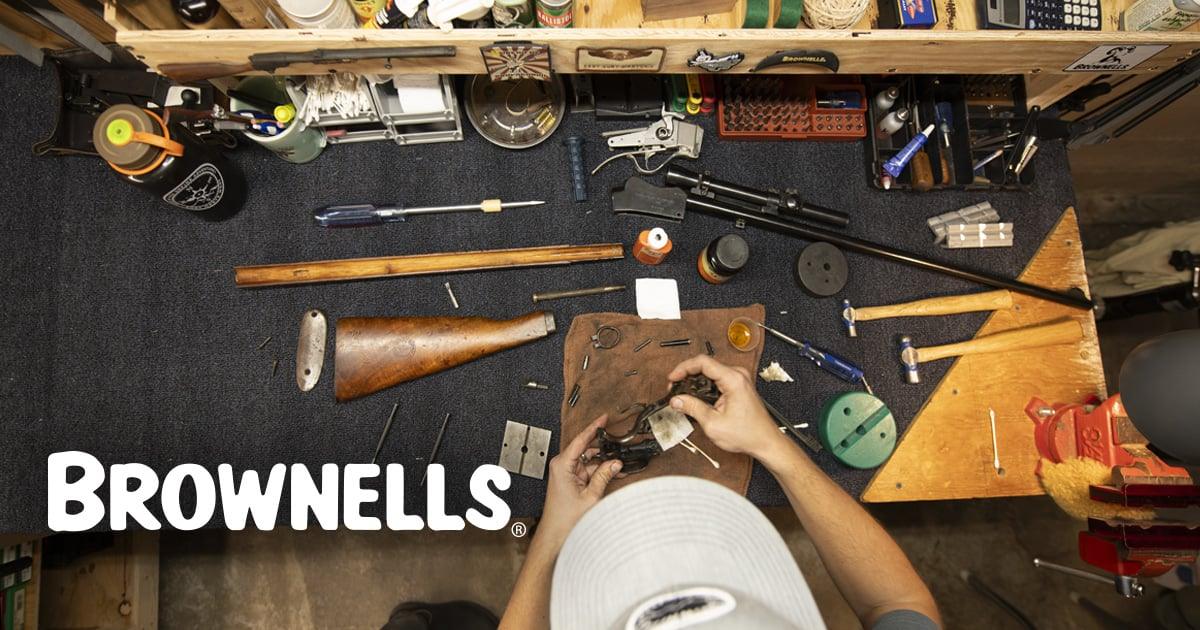blackbrush1
Well-Known Member
On the seater side, have your gunsmith use your reamer on a Wilson seater blank. Comparatively inexpensive and very precise.
 Help Support Long Range Hunting Forum
Help Support Long Range Hunting Forum
I believe your smith should be able to make a chamber mold. this IMO would be the fastest way to get your dies made (check with John Whidden) to see if he's made dies from a chamber mold before. I'm sure he has..So... I've got a reamer on the way for a new project (.338LM Imp. 40 degree). I'd like to get some dies made for it; looking at sending some fired cases to Whidden for that purpose. But, a couple questions first:
1. Is simply fire-forming 1x with a full-power load for the parent cartridge enough? In the past, when I've had other custom dies made (for non-improved cases) the manufacturer specified the cases should be 2-3x fired, neck-size only in between firings, to fully form to the chamber so they could make the dies to match.
2. If the cases *do* need to be FF more than once... how do I do that with a set of standard/parent cartridge dies? I've seen one recommendation to get a Wilson neck die blank cut with the chambering reamer, and use that to neck size the cases. That person uses primarily neck-sizing, though, and I do not. I'd like to avoid the extra hassle/expense of having a die made for the sole purpose of fireforming 3 or so cases 2-3x - seems like a waste.
Is there some other option I'm overlooking here?
(check with John Whidden) to see if he's made dies from a chamber mold before. I'm sure he has..
Ya know, the thought crossed my mind... but I've never seen or heard of any places that make custom dies even mention it.
Looks like a rocketYes Sir it is an improved case. My .30 LARA is similar to .300 Jarrett except for a sharper shoulder angle and minor dimensional modification on reamer design. The 1X fireformed brass were .300 WBTY factory ammo. "If" I have the ability to fireform the brass off the rifle's chamber, it would have been the better choice.
View attachment 212417
Ya know, the thought crossed my mind... but I've never seen or heard of any places that make custom dies even mention it.

So... I've got a reamer on the way for a new project (.338LM Imp. 40 degree). I'd like to get some dies made for it; looking at sending some fired cases to Whidden for that purpose. But, a couple questions first:
1. Is simply fire-forming 1x with a full-power load for the parent cartridge enough? In the past, when I've had other custom dies made (for non-improved cases) the manufacturer specified the cases should be 2-3x fired, neck-size only in between firings, to fully form to the chamber so they could make the dies to match.
2. If the cases *do* need to be FF more than once... how do I do that with a set of standard/parent cartridge dies? I've seen one recommendation to get a Wilson neck die blank cut with the chambering reamer, and use that to neck size the cases. That person uses primarily neck-sizing, though, and I do not. I'd like to avoid the extra hassle/expense of having a die made for the sole purpose of fireforming 3 or so cases 2-3x - seems like a waste.
Is there some other option I'm overlooking here?